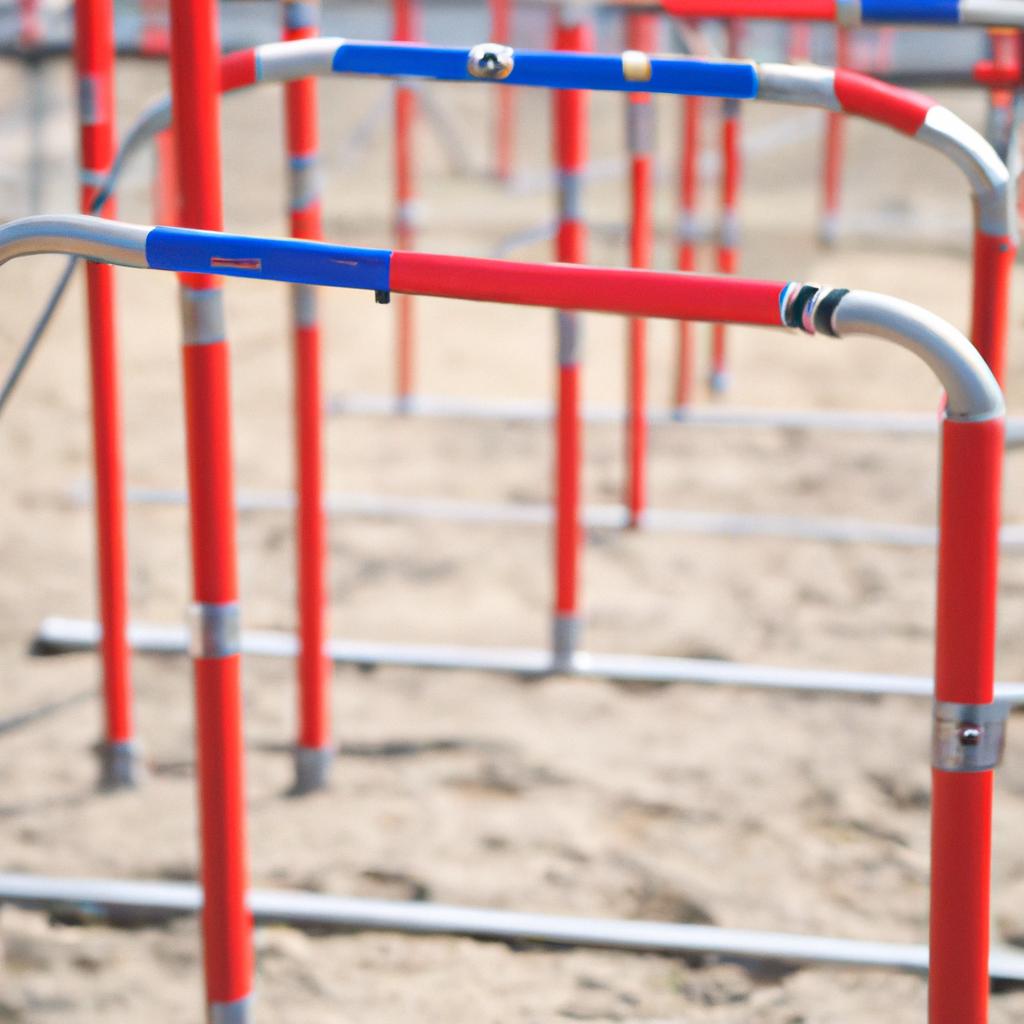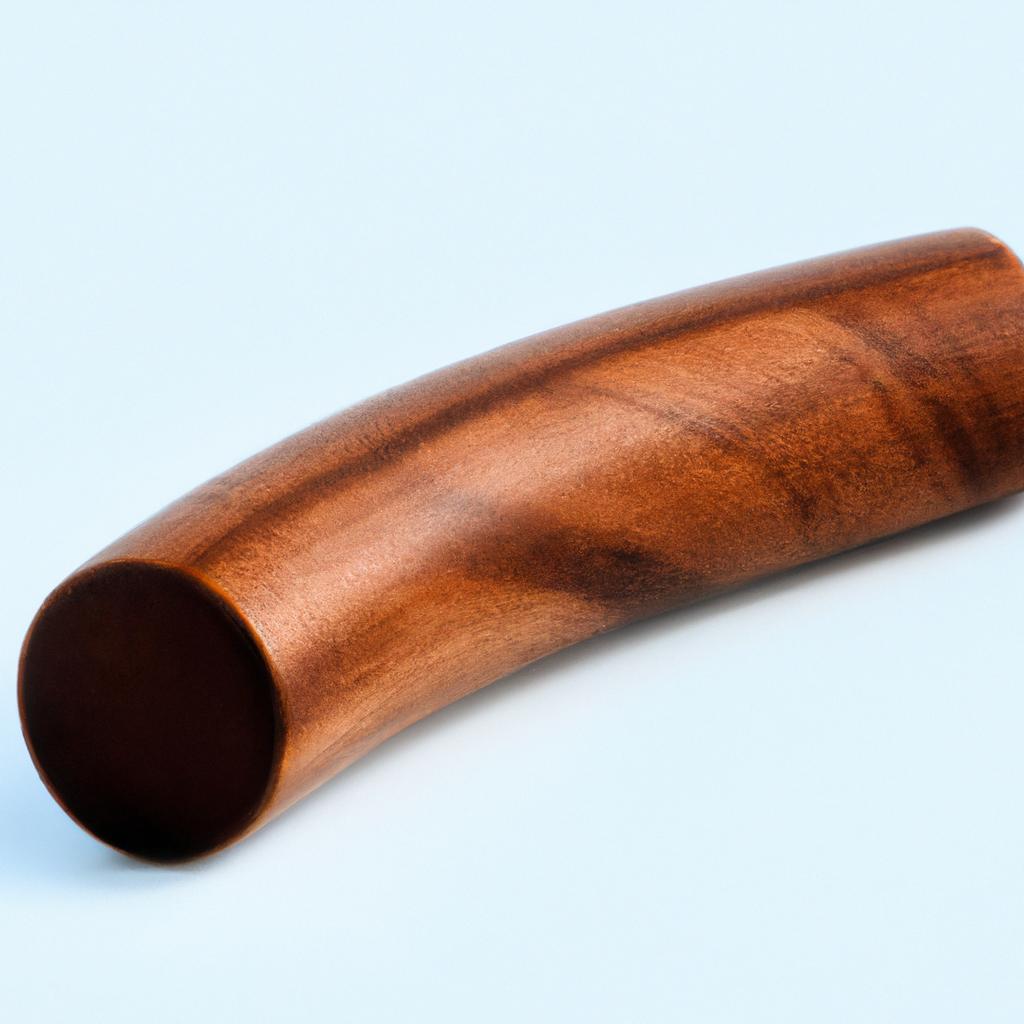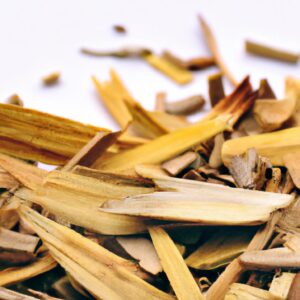**”Navigating the Wilderness: Essential Skills for Outdoor Adventure Safety and Survival”**
# Navigating the Wilderness: Essential Skills for Outdoor Adventure Safety and Survival
The great outdoors is a realm of beauty, adventure, and tranquility, but it can also pose serious risks to the unprepared. Whether you’re planning a day hike or a week-long camping trip, having essential survival skills is crucial for your safety and success. This guide will outline critical outdoor skills, nutrition tips, exercise advice, and the health benefits of spending time in nature.
## Essential Skills for Outdoor Safety
### 1. Navigation Skills
Understanding how to navigate the wilderness is one of the most vital survival skills you can have. You should be familiar with using a map and compass, as well as modern GPS devices. Practice reading topographic maps and understanding terrain features.
– **Map Reading**: Learn to identify landmarks, elevation changes, and water sources. Understanding how to read contour lines can help you gauge the steepness of the terrain and plan your route accordingly.
– **Compass Use**: Know how to take bearings and determine your direction. Familiarize yourself with key terms such as magnetic north, true north, and declination, the difference between the two.
– **GPS Navigation**: Familiarize yourself with your device, ensuring it’s charged and properly programmed for your route. Remember, technology can fail, so always have a backup plan with traditional navigation tools.
### 2. Fire-Making Techniques
Fire is essential for warmth, cooking, and signaling for help. Mastering fire-making techniques can be life-saving.
– **Gather Materials**: Collect tinder (dry leaves, grass), kindling (small sticks), and fuel (logs). Knowledge of local flora can aid in identifying suitable materials.
– **Fire Starters**: Use matches, lighters, or natural methods like flint and steel. Consider carrying waterproof matches or a fire starter kit for reliability.
– **Safety**: Always ensure your fire is controlled and fully extinguished before leaving. Be mindful of local regulations regarding fires and fire bans.
### 3. Water Sourcing and Purification
Finding clean water is a top priority for survival. In the wilderness, water sources may be abundant, but they often require purification.
– **Identifying Sources**: Streams, rivers, and lakes are typical sources. Look for clear, flowing water rather than stagnant sources, which may harbor bacteria.
– **Purification Methods**: Boil water for at least one minute, or use water purification tablets and filters to ensure safety. Familiarize yourself with different filtration systems and their effectiveness against various contaminants.
### 4. First Aid Skills
Accidents can happen, and knowing basic first aid can make a significant difference in an emergency.
– **First Aid Kit**: Always carry a well-stocked first aid kit with essentials like bandages, antiseptics, and pain relievers. Consider including items specific to your activities, such as blister treatment for long hikes.
– **Basic Techniques**: Learn how to treat cuts, spr
### Basic Techniques
Learn how to treat cuts, sprains, fractures, and other common injuries. Familiarize yourself with CPR and the Heimlich maneuver, as well as how to recognize and treat conditions like hypothermia, heat exhaustion, and allergic reactions. Taking a wilderness first aid course can provide you with the hands-on experience necessary to effectively handle emergencies.
## Nutrition Tips for Outdoor Adventures
### 1. Meal Planning
Proper nutrition is essential for maintaining energy levels during outdoor activities. Focus on nutrient-dense foods that are easy to carry and prepare.
– **High-Calorie Snacks**: Pack items like nuts, dried fruits, energy bars, and jerky, which provide quick energy boosts.
– **Dehydrated Meals**: Consider bringing lightweight dehydrated meals that only require boiling water to prepare, offering convenience and nutrition.
– **Hydration**: Stay hydrated by drinking water regularly, and consider electrolyte tablets if you’re sweating heavily.
### 2. Cooking Techniques
If you’re















Post Comment